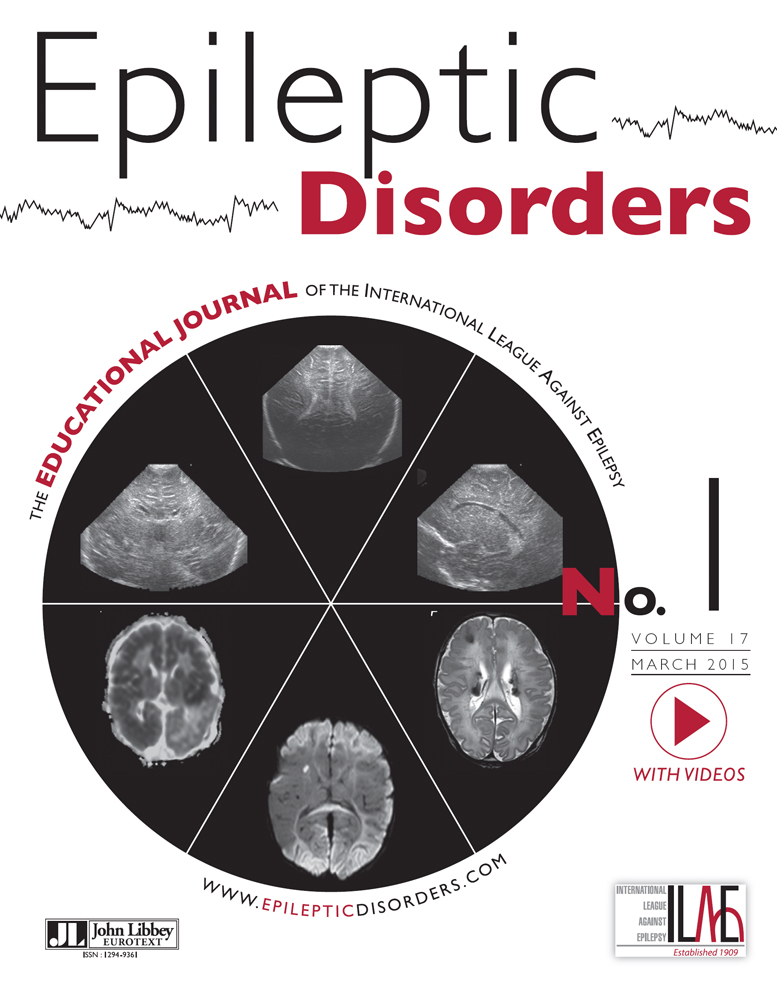Epilepsia partialis continua of the abdominal muscles due to cerebrovascular disease
Abstract
Two elderly men, with previous history of cerebrovascular disease, were admitted to the emergency department due to focal motor status epilepticus with persistent myoclonic jerks of one side of the body. In both cases, the clinical picture evolved into a unilateral and isolated arrhythmic myoclonus of the abdominal muscles with preserved consciousness. These involuntary movements resolved with antiepileptic drugs. Although cerebrovascular disease is one of the most common causes of epilepsia partialis continua, reported cases in the literature with predominant abdominal involvement have a different aetiology. The neuroimaging and electroencephalographic findings showed a wide spectrum of different localizations and aetiologies associated with this particular type of epileptic seizure. Indeed, the pathophysiology of focal motor seizures involving the abdominal muscles is still a matter of discussion. In our second case, we present a patient with epilepsia partialis continua of the abdominal wall with an occipital focus, which, to the best of our knowledge, has not been previously reported. [Published with video sequences]




